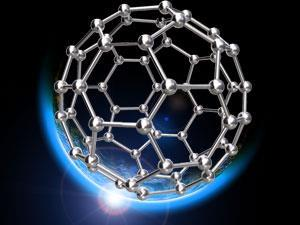Just like the other first elements of the respective groups’ carbon is also different from the other members of its group. Even on the same ground carbon behaves differently from other elements of its group. Carbon has unique properties and mainly this anomalous behavior of the carbon is due to the following factors.
- The carbon atom has small size.
- The carbon atom has a high electronegativity.
- The ionization enthalpy of carbon is high.
- The d orbitals are not available in the carbon atom.
Carbon is the first element in group 14 and it differs greatly from other members of this group. It has a unique character to form the compounds with multiple bonds. Carbon also exhibits the property of catenation i.e. it forms the chains of identical atoms. This property is strongly related to the C-C bonding. Catenation is the unique property of carbon and this chain can be too big to contain 70-80 carbons. As a result, complex compounds of straight chain carbon and branched chain carbon are formed. Among these compounds, some have a single bond and are called saturated hydrocarbons and the compounds having double or triple bonds are called unsaturated hydrocarbons.

Exceptionally the melting and boiling points of the carbon are much high as compare to the other elements. Carbon has tetravalency and it can share the four electrons for completing its octet and it can bond to the four different monovalent atoms. It forms a variety of compounds with the nitrogen, hydrogen, oxygen, and halogens and makes a different set of compounds that have their distinctive properties and characteristics. As it has only one s and p orbital so, it can hold only four electrons in its valance shell. Thus, the covalence is limited to the four but other elements of this group have greater covalence due to the existence of d orbitals.
Most of the properties of carbon are different from the rest of the elements in this group due to the small size. Compounds that are formed by the carbon are highly stable as carbon has a small size. Due to this fact, the nucleus holds the bonded and non-bonded electrons much effectively. Many properties of carbon are linked to their small size.
Carbon has an extraordinary capacity to shape the multiple bonds with itself and with other different molecules. This property is related to the high electronegativity and small size. It’s a matter of fact that the heavy elements do not shape the multiple bonds. Mainly, this is due to the reason that the nuclear orbitals of heavy elements are too vast and are diffused to have viable overlapping. For example, no catenation is indicated in the lead.
Hence due to the unique properties like small size, tetravalency and the property of catenation makes the carbon different from other elements lying below it and there is a whole branch of chemistry that is dedicated to studying the behavior and structure of the carbon compounds.